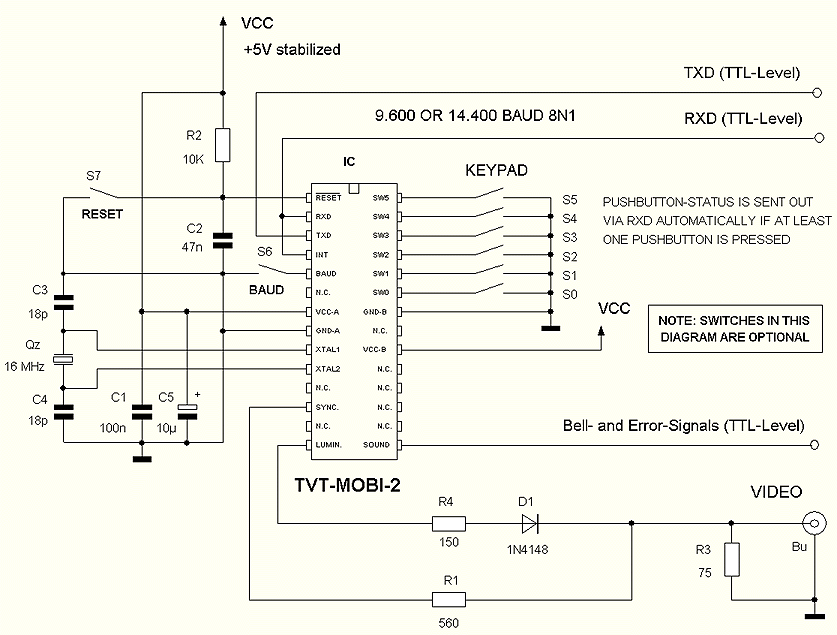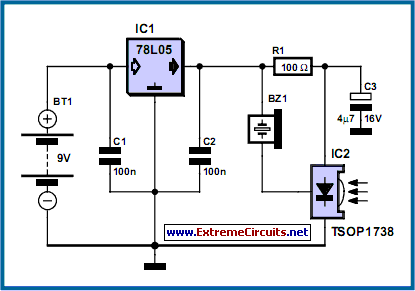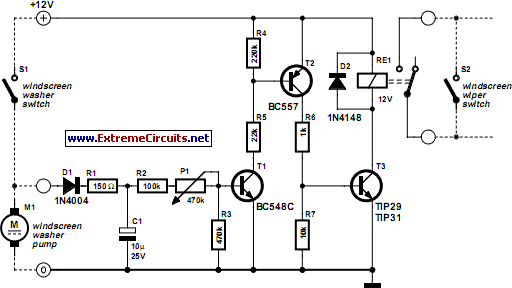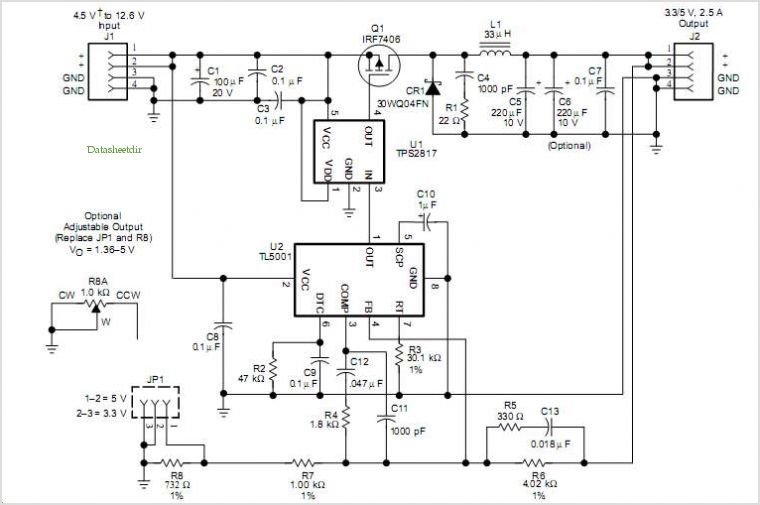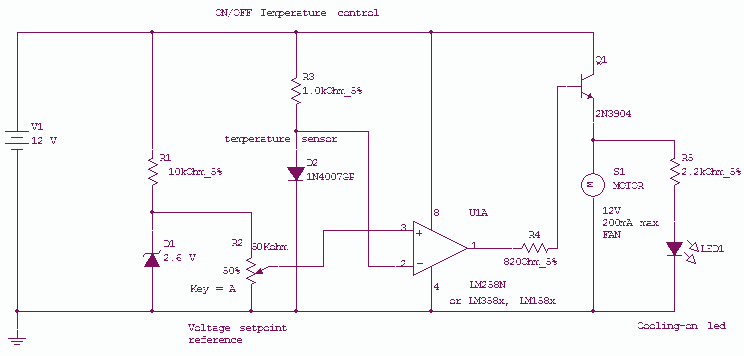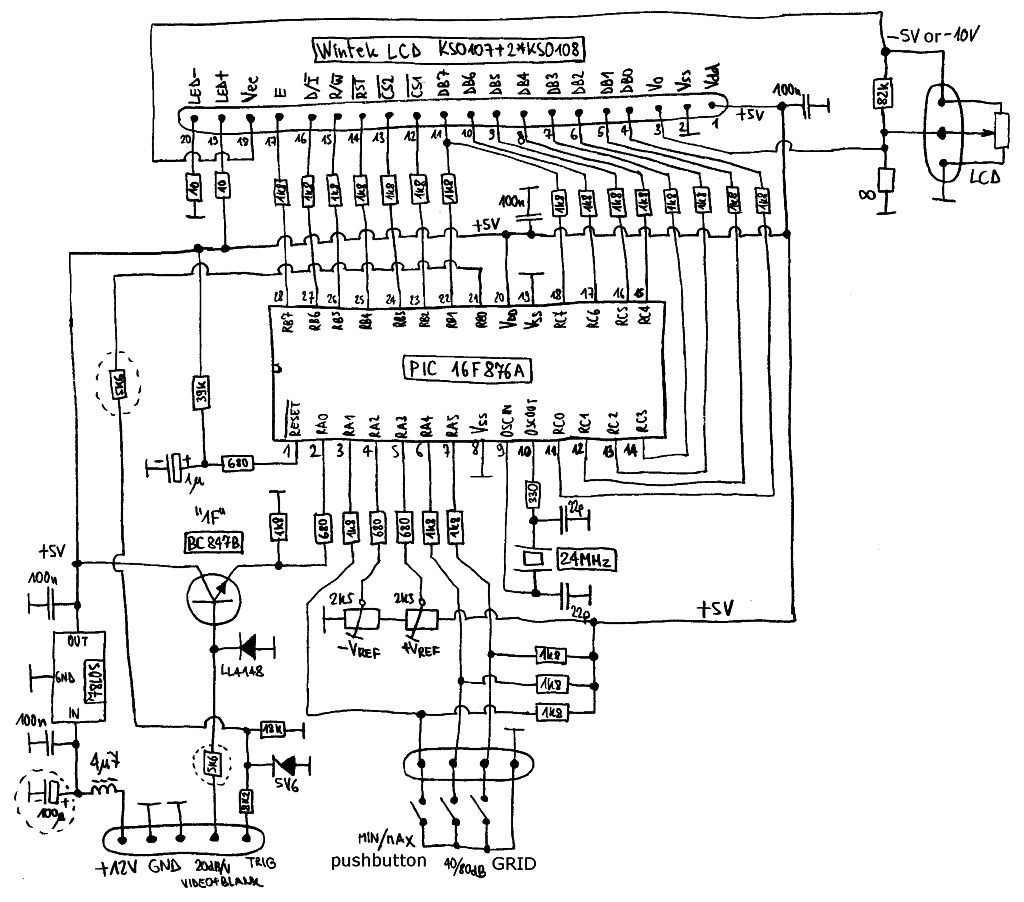
Automatic Control for LCD Panel Backlight
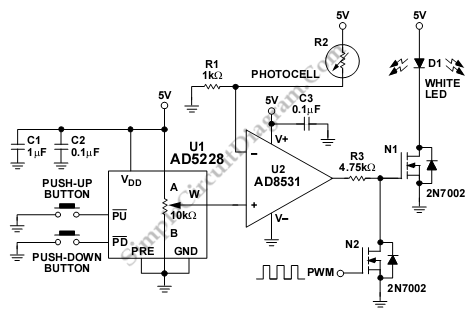
This is an automatic LCD panel backlight control circuit. It is a simple, low-cost implementation of an LED controller that can compensate for aging effects.
The automatic LCD panel backlight control circuit is designed to enhance the performance and longevity of LCD displays by dynamically adjusting the backlight intensity based on various factors such as ambient light conditions and the aging of the LED backlight components. This circuit typically employs a feedback mechanism to monitor the brightness levels and adjust the LED current accordingly.
The fundamental components of this circuit include a light-dependent resistor (LDR) or photodiode for ambient light sensing, a microcontroller or operational amplifier for processing the input signals, and a pulse-width modulation (PWM) controller to regulate the LED backlight intensity. The LDR is connected to an analog input of the microcontroller, which interprets the light levels and determines the required backlight brightness.
To compensate for aging effects, the circuit may incorporate a calibration routine that periodically assesses the output brightness of the LEDs and adjusts the PWM duty cycle to maintain consistent illumination over time. This is crucial as LEDs tend to lose brightness with prolonged use, and this feature ensures that the display remains clear and readable throughout its lifespan.
Additionally, the circuit may include protection mechanisms to prevent over-driving the LEDs, such as current limiting resistors or feedback loops that monitor the LED temperature. The overall design aims to provide an efficient, cost-effective solution for managing LCD backlight systems, enhancing user experience while minimizing energy consumption.This is an Automatic LCD Panel Backlight Control circuit. This is a simple low cost implementation of an LED controller. It can compensate for aging effects.. 🔗 External reference
The automatic LCD panel backlight control circuit is designed to enhance the performance and longevity of LCD displays by dynamically adjusting the backlight intensity based on various factors such as ambient light conditions and the aging of the LED backlight components. This circuit typically employs a feedback mechanism to monitor the brightness levels and adjust the LED current accordingly.
The fundamental components of this circuit include a light-dependent resistor (LDR) or photodiode for ambient light sensing, a microcontroller or operational amplifier for processing the input signals, and a pulse-width modulation (PWM) controller to regulate the LED backlight intensity. The LDR is connected to an analog input of the microcontroller, which interprets the light levels and determines the required backlight brightness.
To compensate for aging effects, the circuit may incorporate a calibration routine that periodically assesses the output brightness of the LEDs and adjusts the PWM duty cycle to maintain consistent illumination over time. This is crucial as LEDs tend to lose brightness with prolonged use, and this feature ensures that the display remains clear and readable throughout its lifespan.
Additionally, the circuit may include protection mechanisms to prevent over-driving the LEDs, such as current limiting resistors or feedback loops that monitor the LED temperature. The overall design aims to provide an efficient, cost-effective solution for managing LCD backlight systems, enhancing user experience while minimizing energy consumption.This is an Automatic LCD Panel Backlight Control circuit. This is a simple low cost implementation of an LED controller. It can compensate for aging effects.. 🔗 External reference
